10 Frequently Asked Questions (FAQ) about Dog Harness
Welcome to our Frequently Asked Questions (FAQ) guide about dog harnesses. If you're a dog owner or considering getting a dog, understanding the purpose and benefits of a dog harness can greatly enhance your furry friend's walking experience.
A dog harness is a versatile and practical tool that provides control and comfort while walking, training, or engaging in various activities with your canine companion. In this FAQ, we will address common inquiries about dog harnesses, ranging from their definition and advantages to selecting the right one for your dog and ensuring their safety.
Whether you're a novice or experienced dog owner, this guide aims to equip you with the knowledge needed to make informed decisions when it comes to dog harnesses. Let's dive into the frequently asked questions and discover more about this valuable canine accessory
1. What is a dog harness?A dog harness is a piece of equipment that fits around a dog's body and is used to control or restrain the dog during walks, training, or other activities.
2. Why should I use a dog harness instead of a collar?
Using a harness instead of a collar can be beneficial for dogs that pull on their leash, have respiratory issues, or are prone to neck injuries. A harness distributes the pressure evenly across the dog's body, reducing strain on the neck and throat.
3. What types of dog harnesses are there?
There are several types of dog harnesses, including front-clip, back-clip, no-pull, and step-in harnesses. Each type is designed for different purposes and offers varying levels of control.
4. How do I measure my dog for a harness?
To measure your dog for a harness, you will need to measure the circumference of their chest and the length of their back. It's important to follow the manufacturer's sizing guidelines to ensure a proper fit.
Here is an example of our harness size guide:
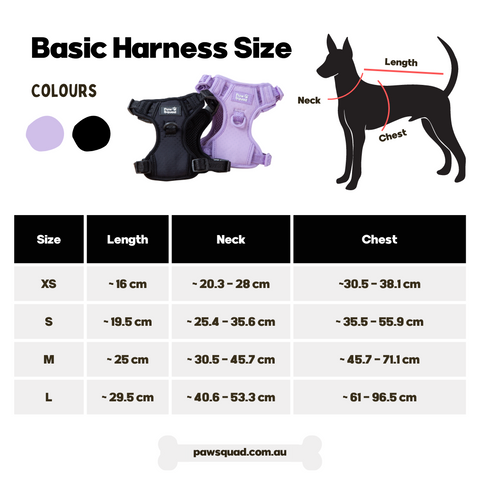
5. How do I put on a dog harness?
Putting on a dog harness will vary depending on the type of harness you have. Generally, you will need to slip the harness over your dog's head and then secure it around their chest and/or back. Make sure the harness is snug but not too tight.
6. How do I clean a dog harness?
Most dog harnesses can be cleaned by hand-washing with mild soap and water. Be sure to rinse thoroughly and allow the harness to air dry.
7. Can a dog harness be used for all breeds and sizes of dogs?
While most dog harnesses are designed to be adjustable, some may not be suitable for all breeds and sizes of dogs. It's important to choose a harness that is appropriate for your dog's size and weight.
For small dogs we will recommend a lightweight and soft materials, ensuring a gentle and snug fit without causing any discomfort. Having an adjustable straps provide a customizable fit, allowing you to find the perfect balance between security and mobility.
However, medium to large dogs needs a durable materials and reinforced stitching to withstand the strength and power of them. It offers enhanced security and support, ensuring that your loyal companion is safely harnessed during your adventures.
With strong and reliable buckles,a harness can provides a secure and dependable fastening. You can have complete peace of mind, knowing that your furry friend is securely and comfortably harnessed, ready to enjoy your outings together.
At PAWSQUAD, we believe in providing dogs of all sizes with the utmost comfort and security. That's why we have developed a specialized 4 buckles harness designed for all breeds and size. We understand the unique needs and requirements of both small to large dogs, and our harness is tailored to meet those demands.
In addition to its sturdy construction, our harness offers excellent back support to promote proper alignment and posture for your large breed. This additional support helps distribute pressure evenly across the dog's body, reducing the risk of strain or injury during walks or more physically demanding activities.

8. How do I choose the right dog harness for my dog?
When choosing a dog harness, consider your dog's size, activity level, and any specific needs they may have. It's also important to choose a harness that is comfortable and fits properly.
Certain breeds of dogs are more suited to using a harness rather than a collar due to their unique characteristics and needs. Here are a few examples:
-
French Bulldogs: Frenchies are brachycephalic breeds with short noses, which can make them prone to respiratory issues. Using a harness instead of a collar helps distribute the pressure evenly across their chest, reducing strain on their neck and throat.

-
Boston Terriers: Like French Bulldogs, Boston Terriers also have a brachycephalic face structure. Using a harness provides better control during walks without putting excessive pressure on their neck and airway.
-
Super Active Dogs: Dogs that are extremely energetic and tend to pull on the leash can benefit from a harness. Breeds such as Siberian Huskies, Border Collies, or Australian Shepherds often have high energy levels and can exert significant force when pulling. A harness offers better control and reduces the risk of neck injuries.
-
Pugs: Pugs are another brachycephalic breed with short muzzles. Due to their respiratory challenges, it's advisable to use a harness instead of a collar to minimize any potential strain on their airways.
By using a harness for these breeds and other similar ones, you can ensure their safety, comfort, and minimize the risk of respiratory or neck-related issues. However, it's important to consider each dog's individual needs and consult with a veterinarian or professional trainer to determine the best option for your specific pet.
9. Are there any safety concerns with using a dog harness?
As with any piece of equipment, there are some safety concerns to consider when using a dog harness. It's important to choose a harness that is well-made and secure, and to always supervise your dog when using it.
While most dog harnesses are designed with safety in mind, there are certain types or features that may pose risks to dogs. It's important to be aware of these potential dangers when selecting a harness for your furry friend. Here are some examples:
❌ Choke Chain Harness: Harnesses that incorporate choke chain elements can cause discomfort, pain, and potential injury to the dog's neck and throat area. They should be avoided due to the risk of choking or restricting the dog's breathing.
❌ Harnesses with Thin Straps or Poor Construction: Harnesses with thin straps or made from low-quality materials may be prone to breakage or may not provide adequate support for your dog. This can lead to accidents or the dog escaping from the harness.
❌ Ill-Fitting Harnesses: Using a harness that is too loose or too tight can result in discomfort, chafing, and restricted movement for the dog. An ill-fitting harness may also increase the risk of the dog slipping out or getting tangled.
❌ Harnesses with Poorly Designed Buckles or Clips: Weak or flimsy buckles or clips may come undone easily, risking the dog's security and potentially causing accidents or escapes.
❌ Harnesses with Restrictive Movement: Certain harness designs, such as those with excessively tight or restrictive chest or shoulder straps, may impede the dog's natural movement, leading to discomfort or strain on their muscles and joints.
❌ Harnesses made entirely of metal or aluminum can pose significant risks and are generally considered unsafe for dogs due to it's weight, lack of flexibility and heat retention which can lead to potential injury.
To ensure the safety of your dog, it's essential to carefully evaluate the design, construction, and fit of any harness you consider purchasing. Always choose a high-quality harness from reputable brands and consult with professionals or trainers if you have concerns about the suitability of a particular harness for your dog.
10. Can a dog harness be used for training purposes?
Yes, a dog harness can be used for training purposes, such as teaching your dog to walk on a leash without pulling or guiding them to stop at the cross road. There are specific types of harnesses, such as no-pull harnesses, that are designed for this purpose. However, it's important to use positive reinforcement training methods and to never use a harness to punish or harm your dog.
At PAWSQUAD, we've taken the hassle out of finding the perfect dog harness. Our top-notch harnesses are not only functional but also comfortable, ensuring that your furry friend can strut their stuff with confidence. Here's what you can take away from our FAQ:
-
Prioritize Your Dog's Comfort: A well-fitted harness is key to your dog's comfort during walks and activities. Choose a harness that allows them to move freely without restrictions.
-
Safety First: Opt for harnesses made from high-quality materials that prioritize durability and safety. Look for secure buckles and reinforced stitching to ensure your dog stays securely harnessed.
-
Say No to Choking: Harnesses are a great alternative to collars, especially for dogs prone to pulling or with respiratory issues. They distribute pressure evenly, reducing strain on the neck and throat.
-
Measure and Adjust: Take the time to measure your dog's chest and back to find the right size harness. Proper adjustment ensures a snug fit without being too tight or loose.
-
Explore Your Options: There are various types of harnesses available, such as front-clip, back-clip, and no-pull options. Consider your dog's needs and activity level to choose the most suitable one.
-
Easy to Clean: Look for harnesses that can be easily cleaned by hand-washing with mild soap and water. Rinse thoroughly and allow the harness to air dry for maximum hygiene.
-
Train with Positive Reinforcement: Harnesses can be a useful tool for training, especially with no-pull designs. Remember to always use positive reinforcement methods and never punish or harm your dog.
So, choose PAWSQUAD for the ultimate harness experience and let your four-legged friend explore the world in style, comfort, and most importantly, with a wagging tail!
We stand behind our product 100%, and your satisfaction is our top priority. That's why we offer a 100% refund if you're not completely happy with your purchase. So, why not give it a try risk-free?
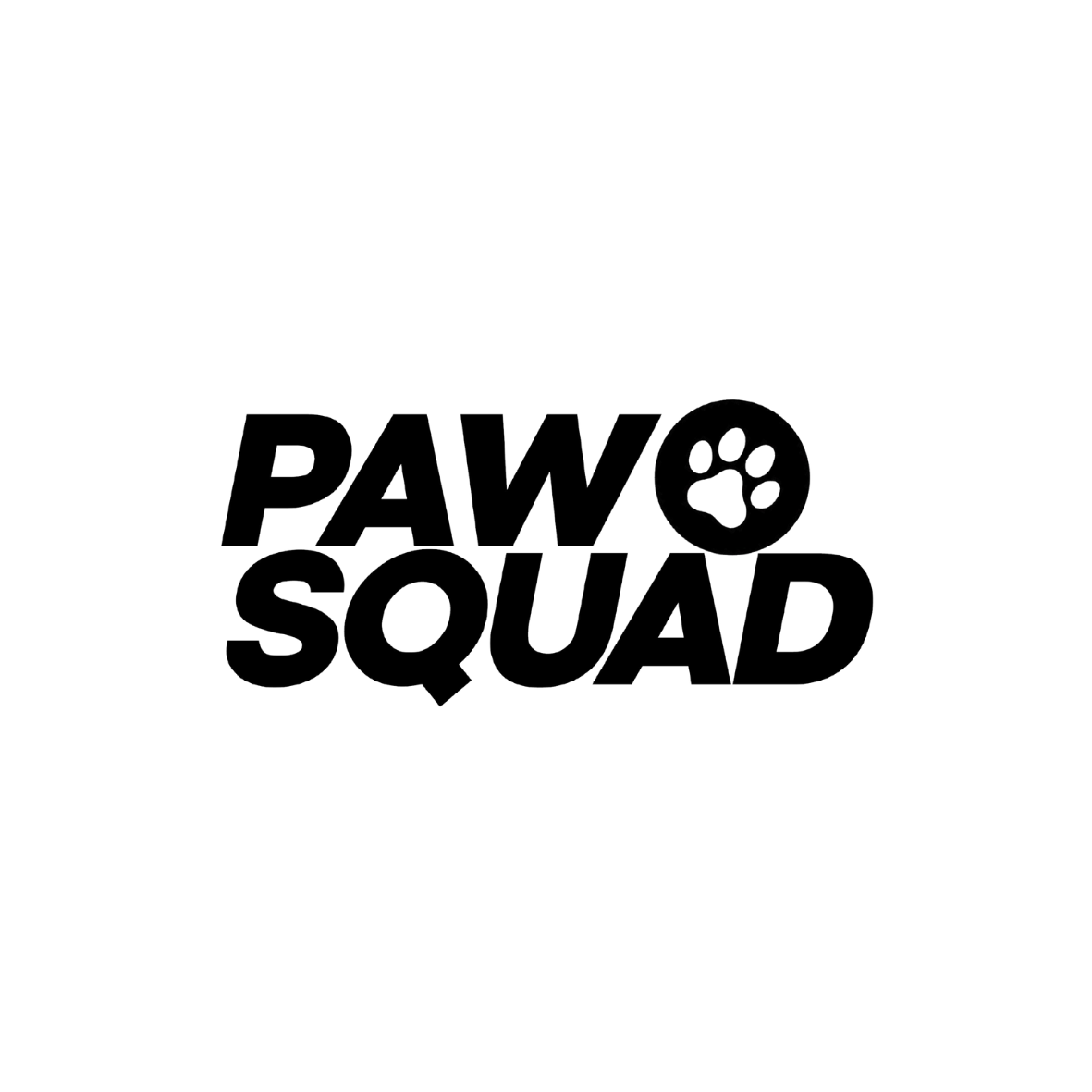

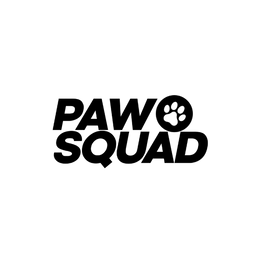


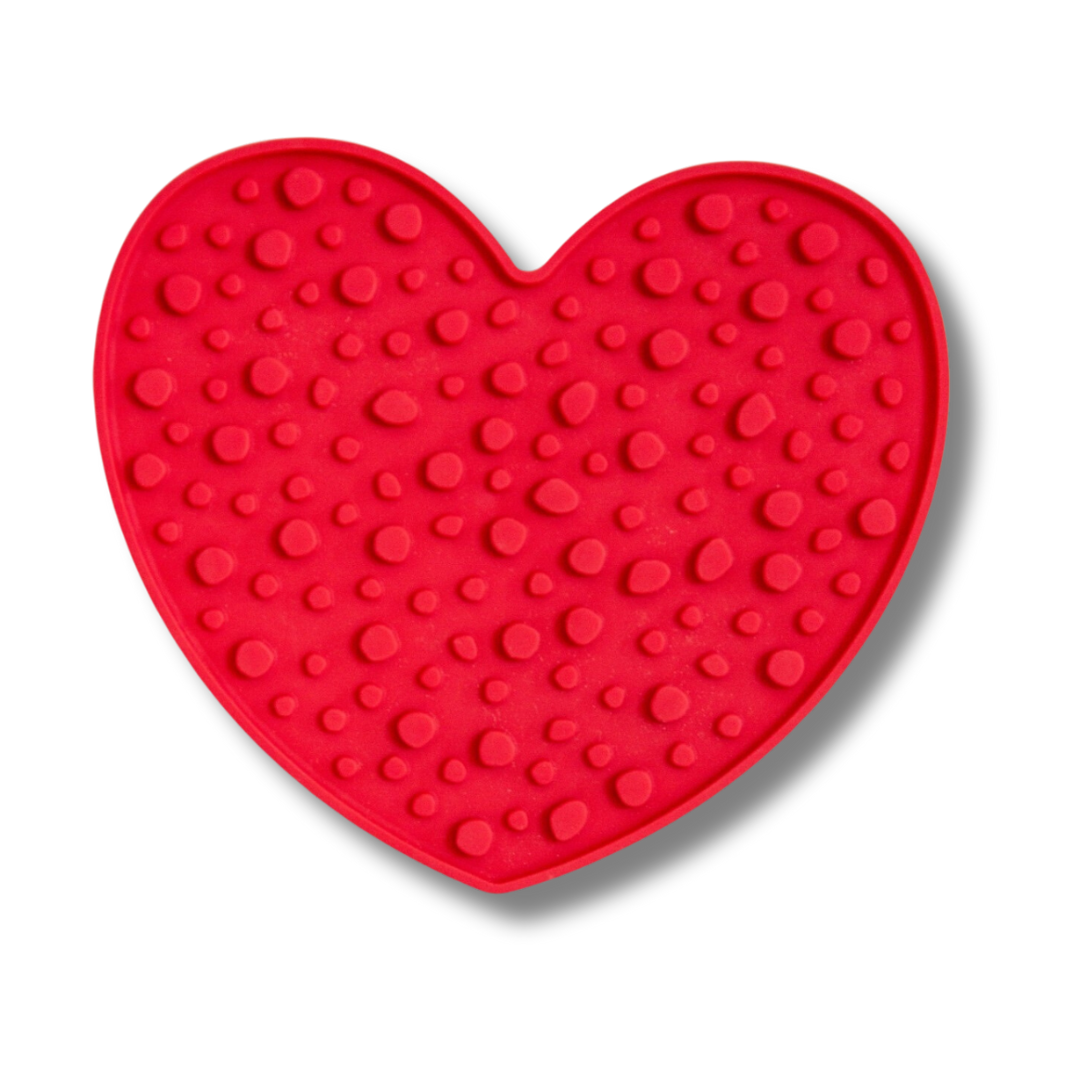
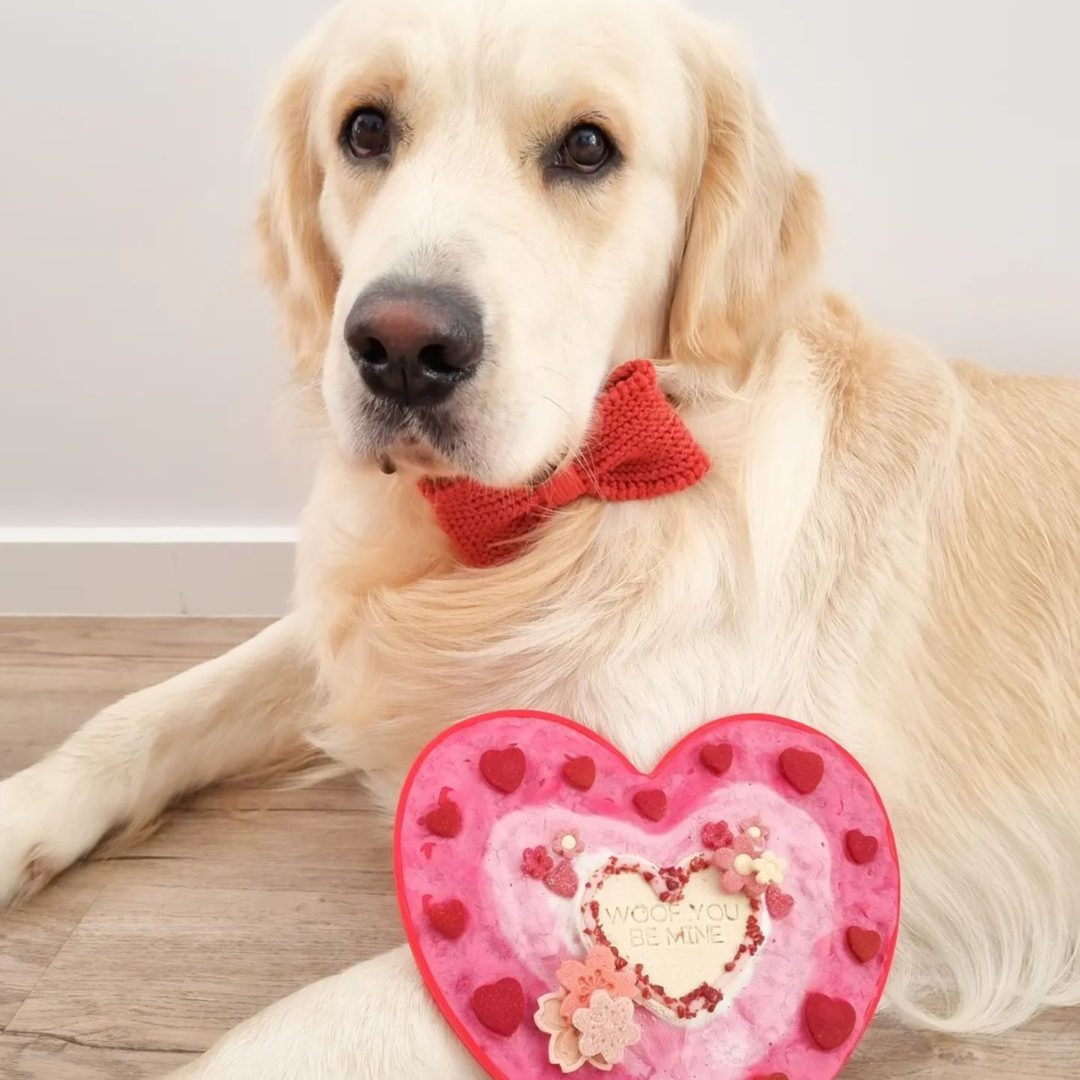




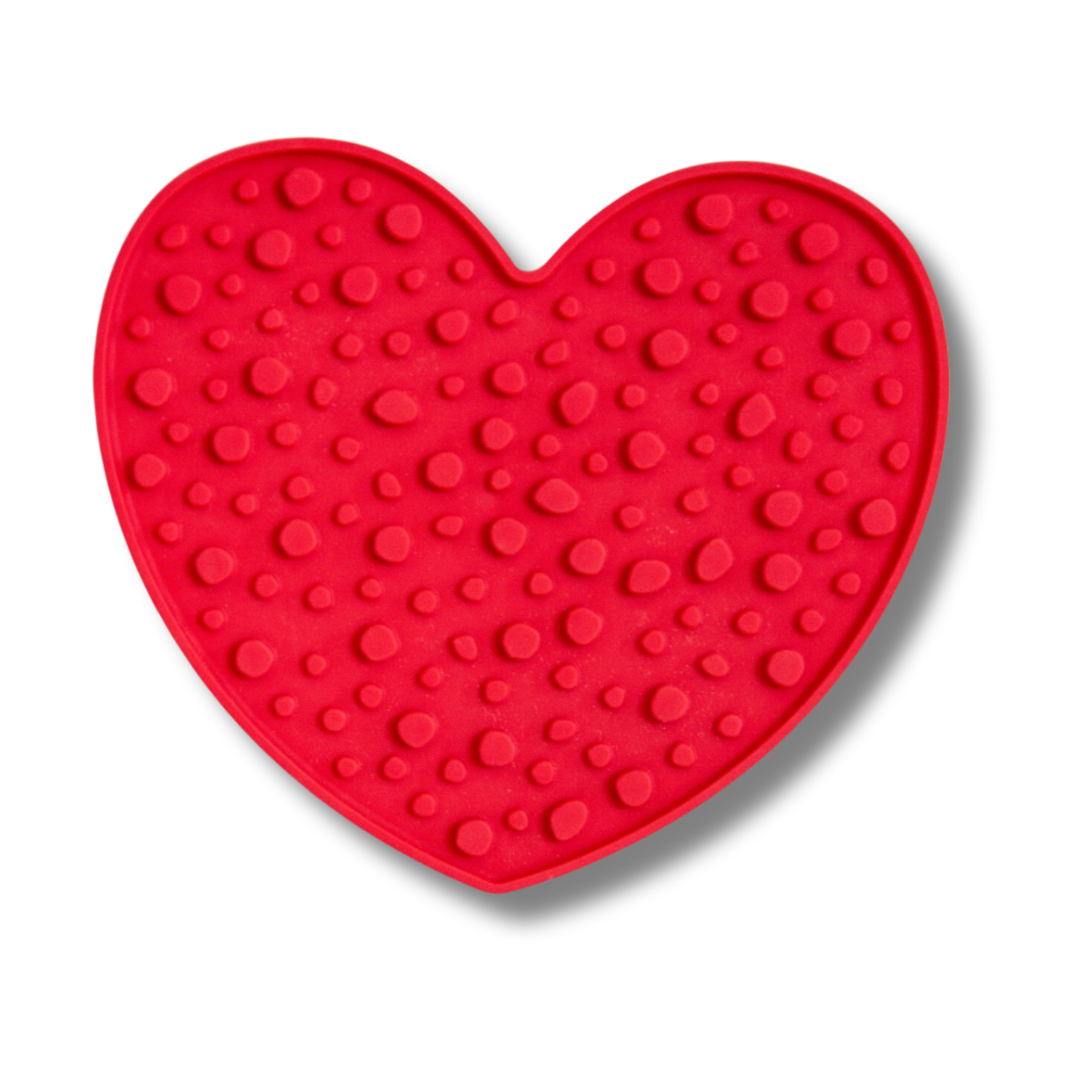
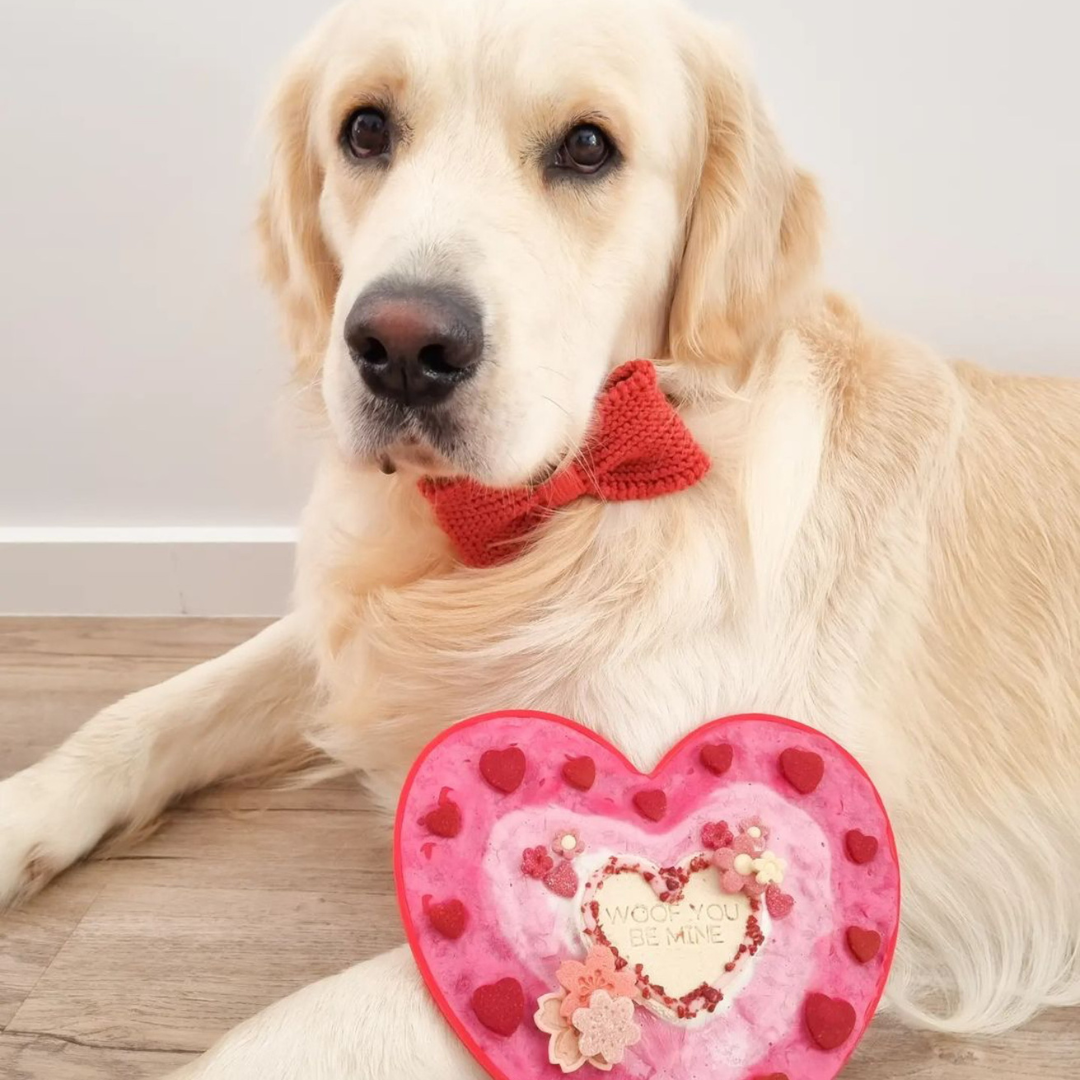



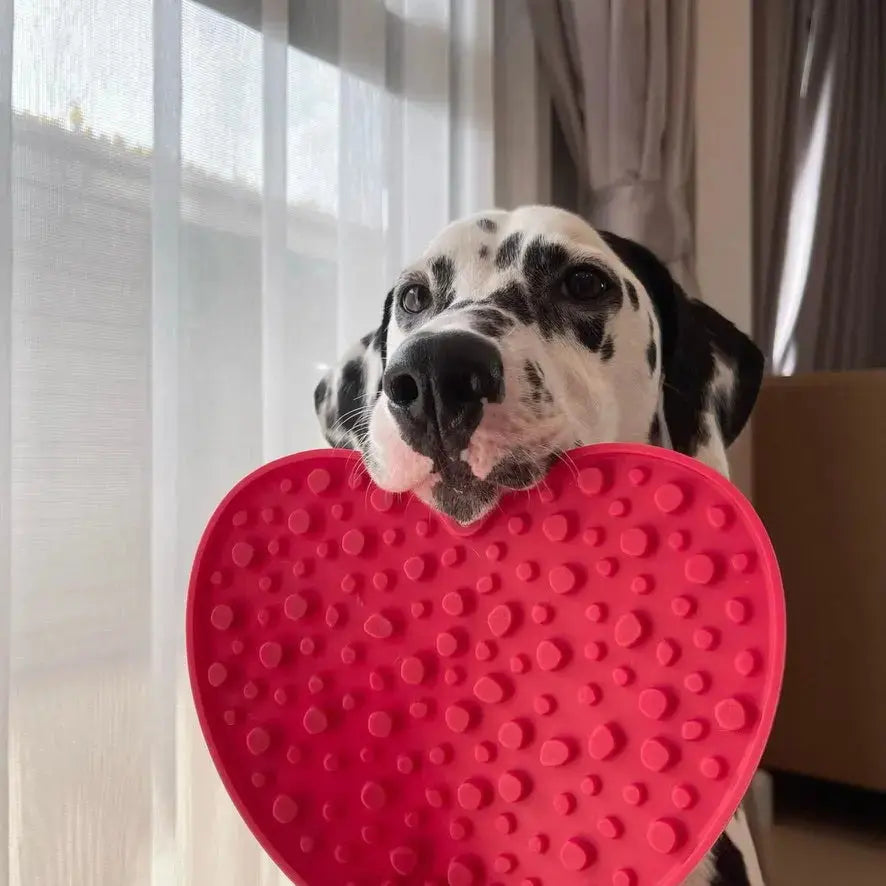

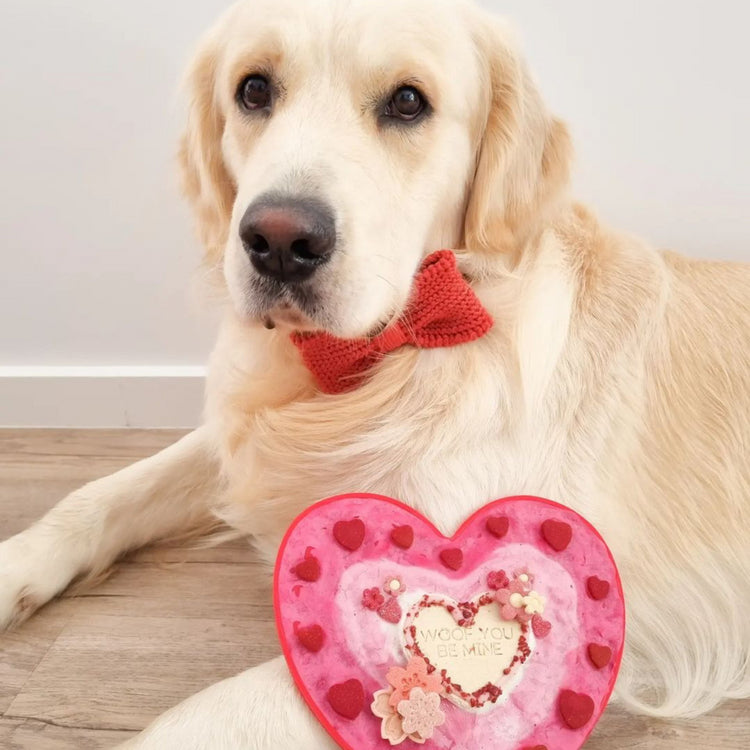



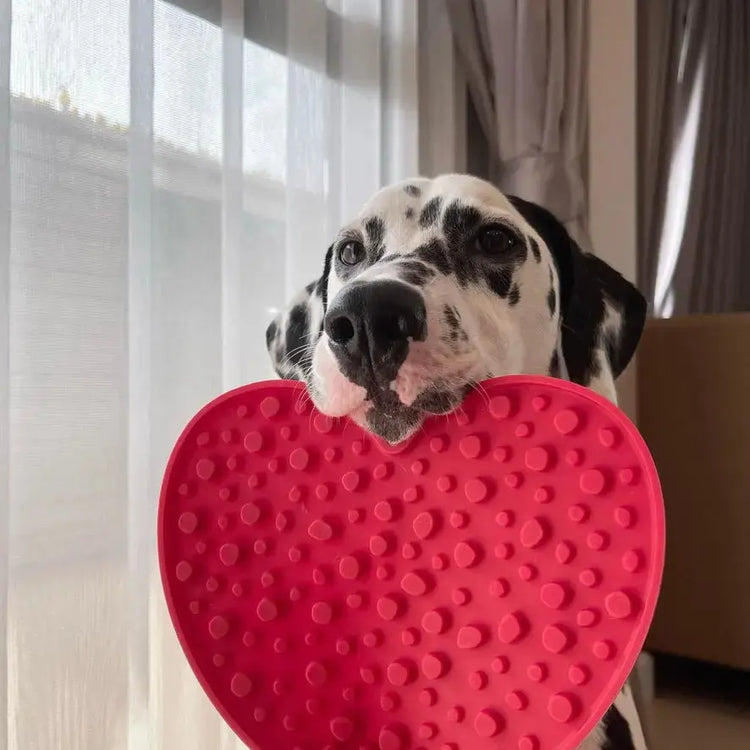
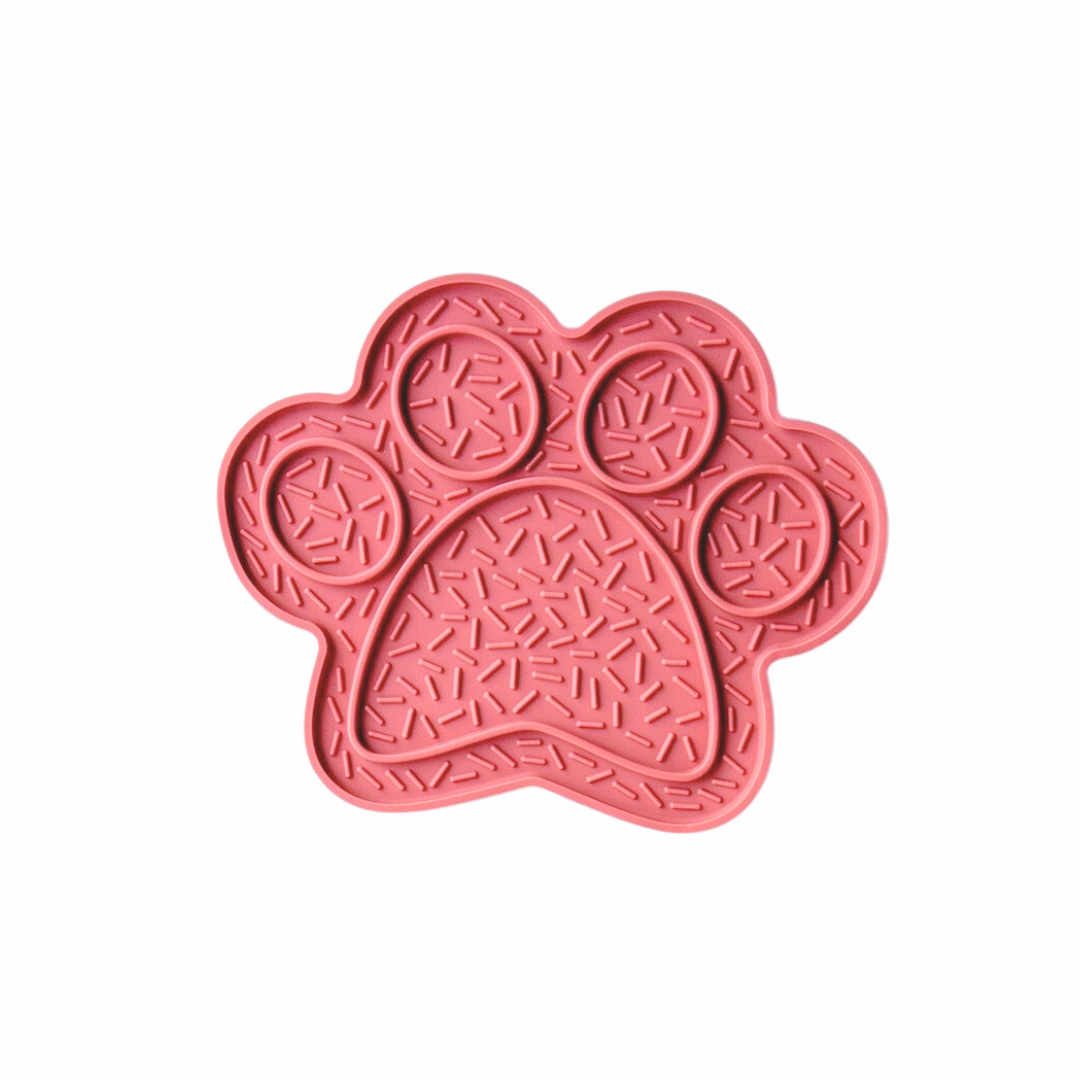
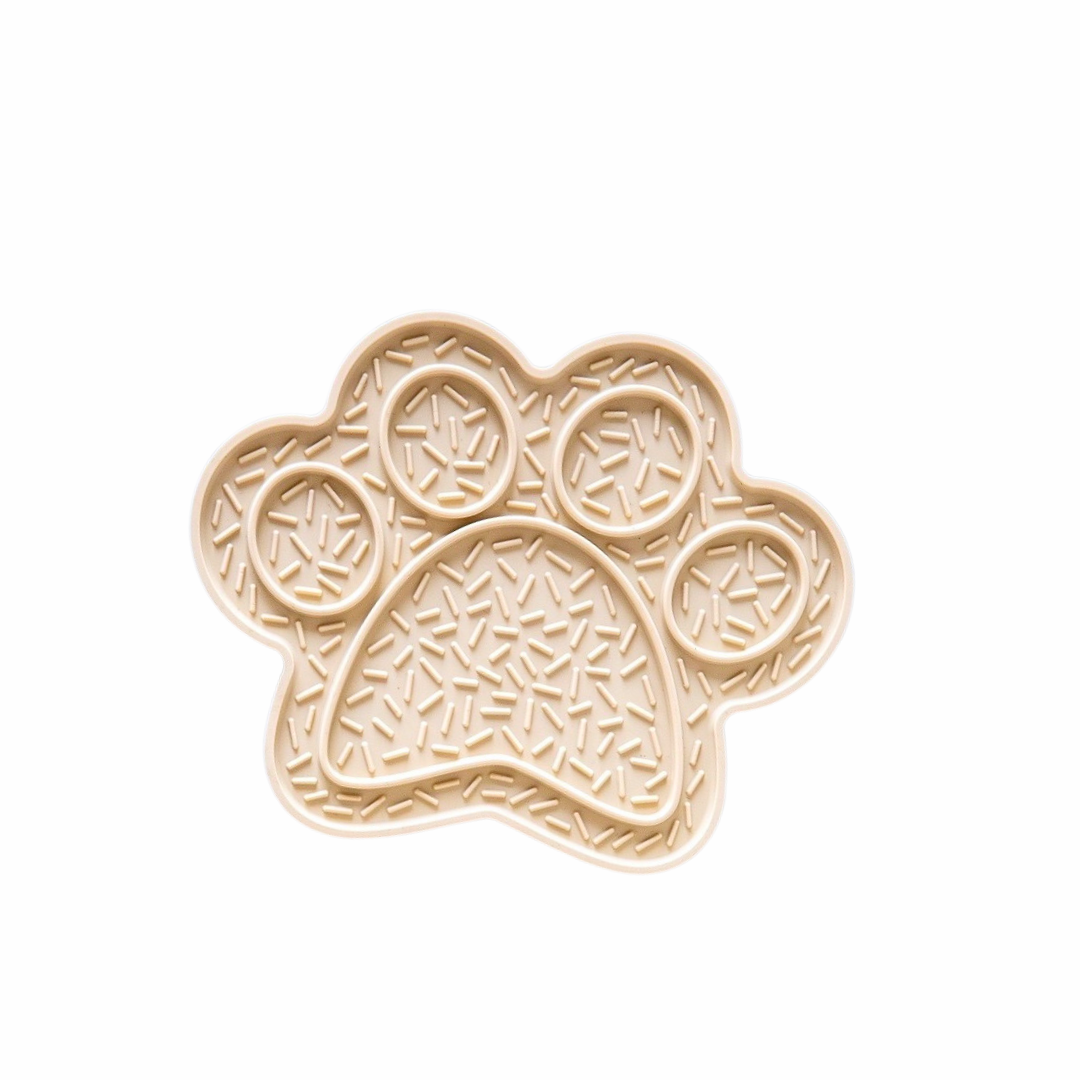
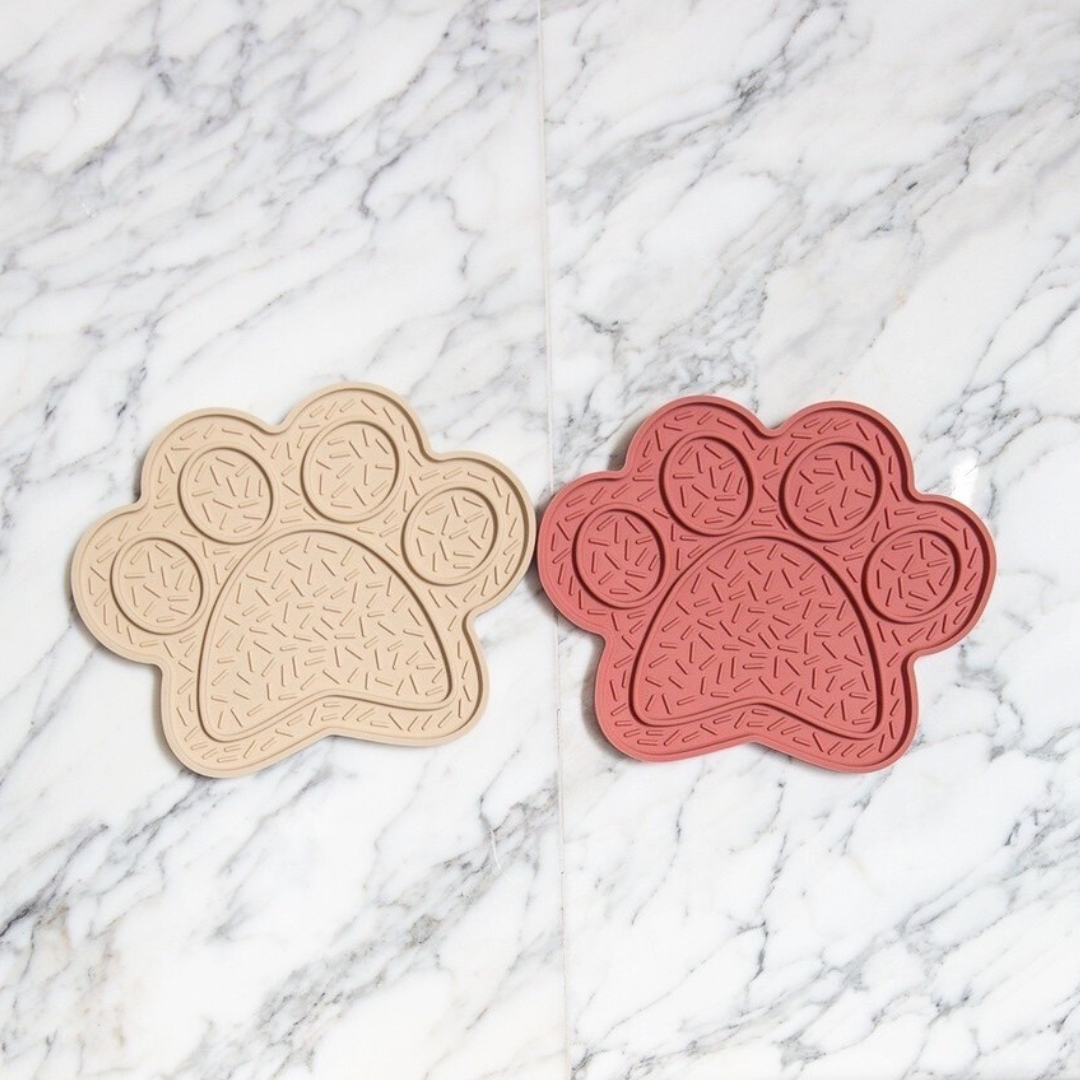
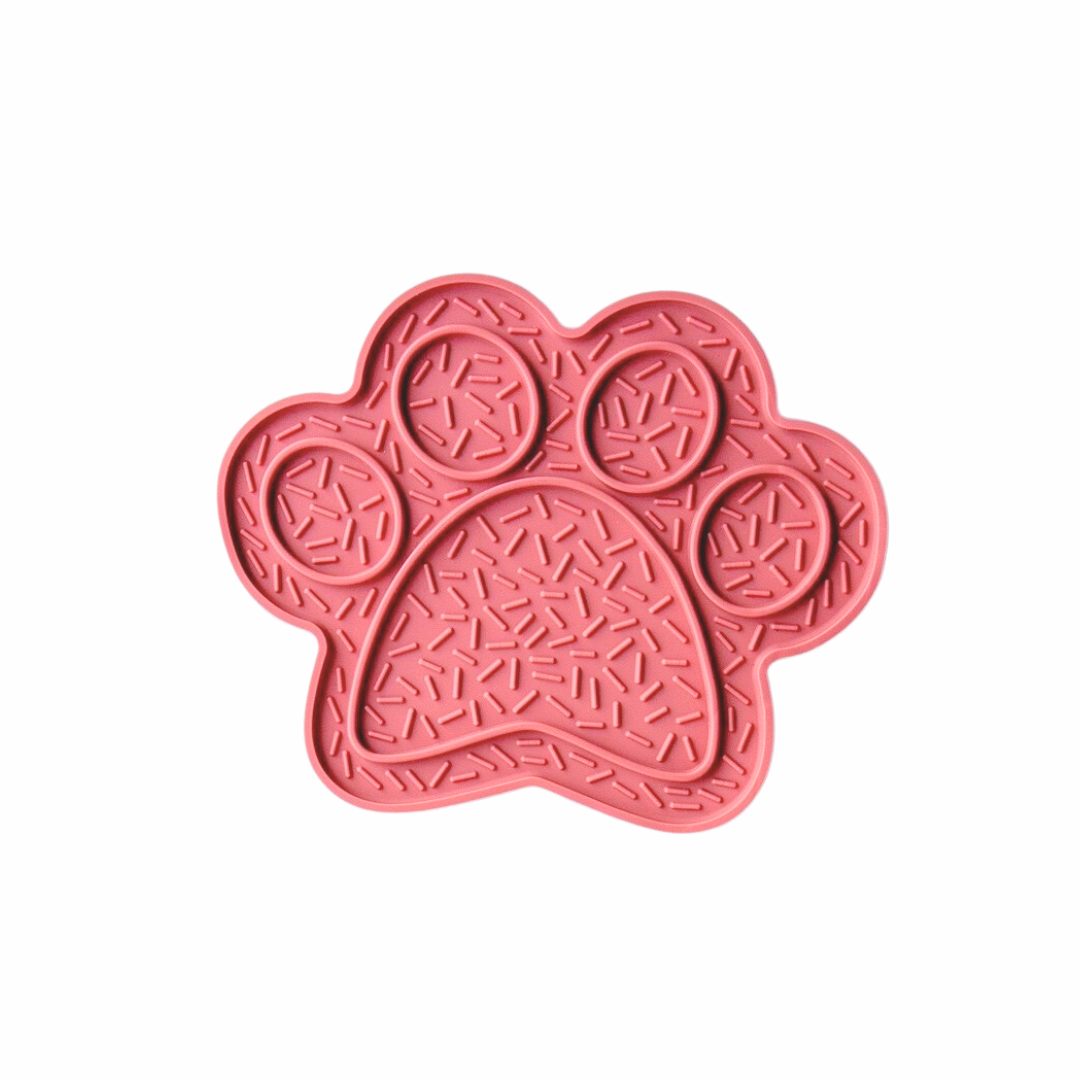
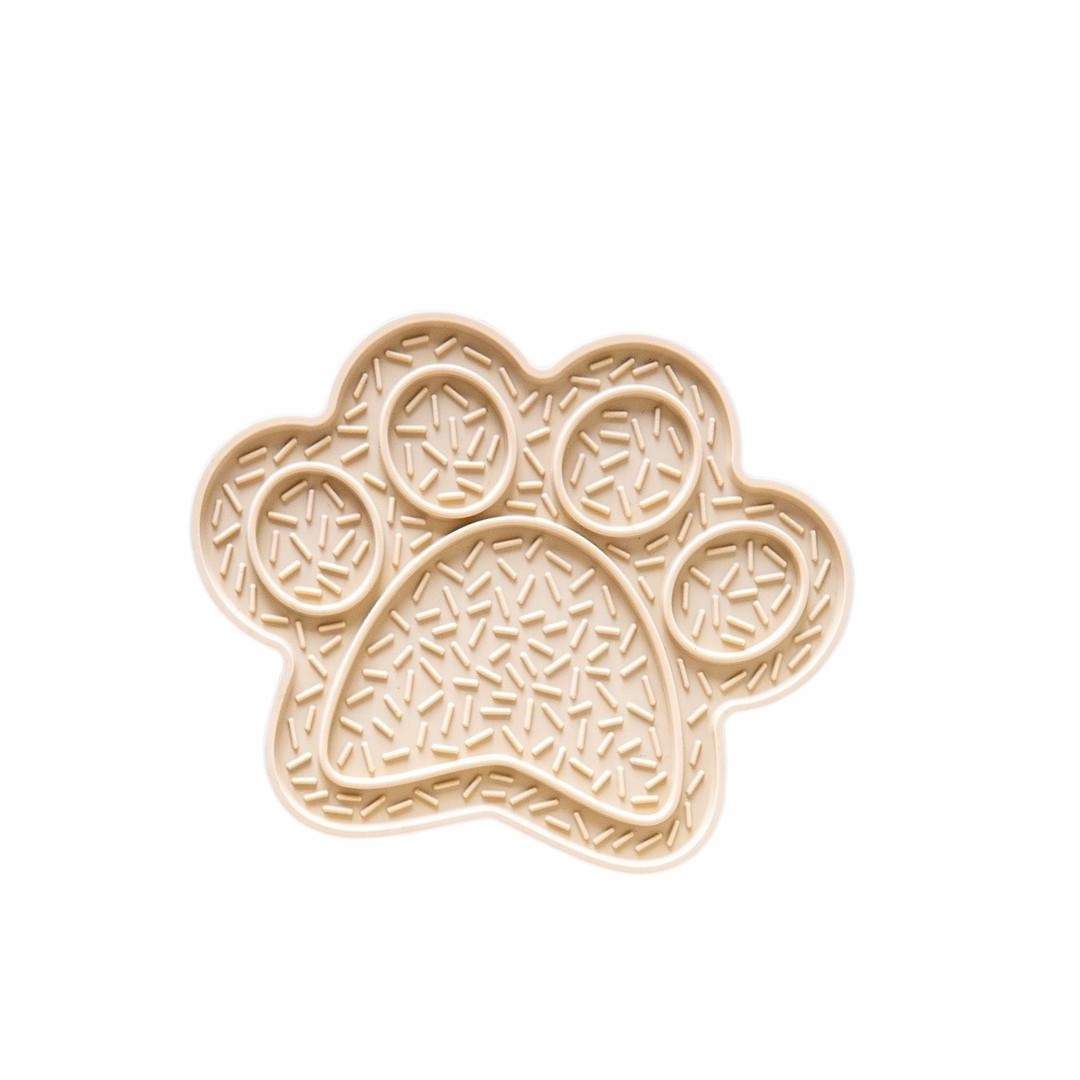
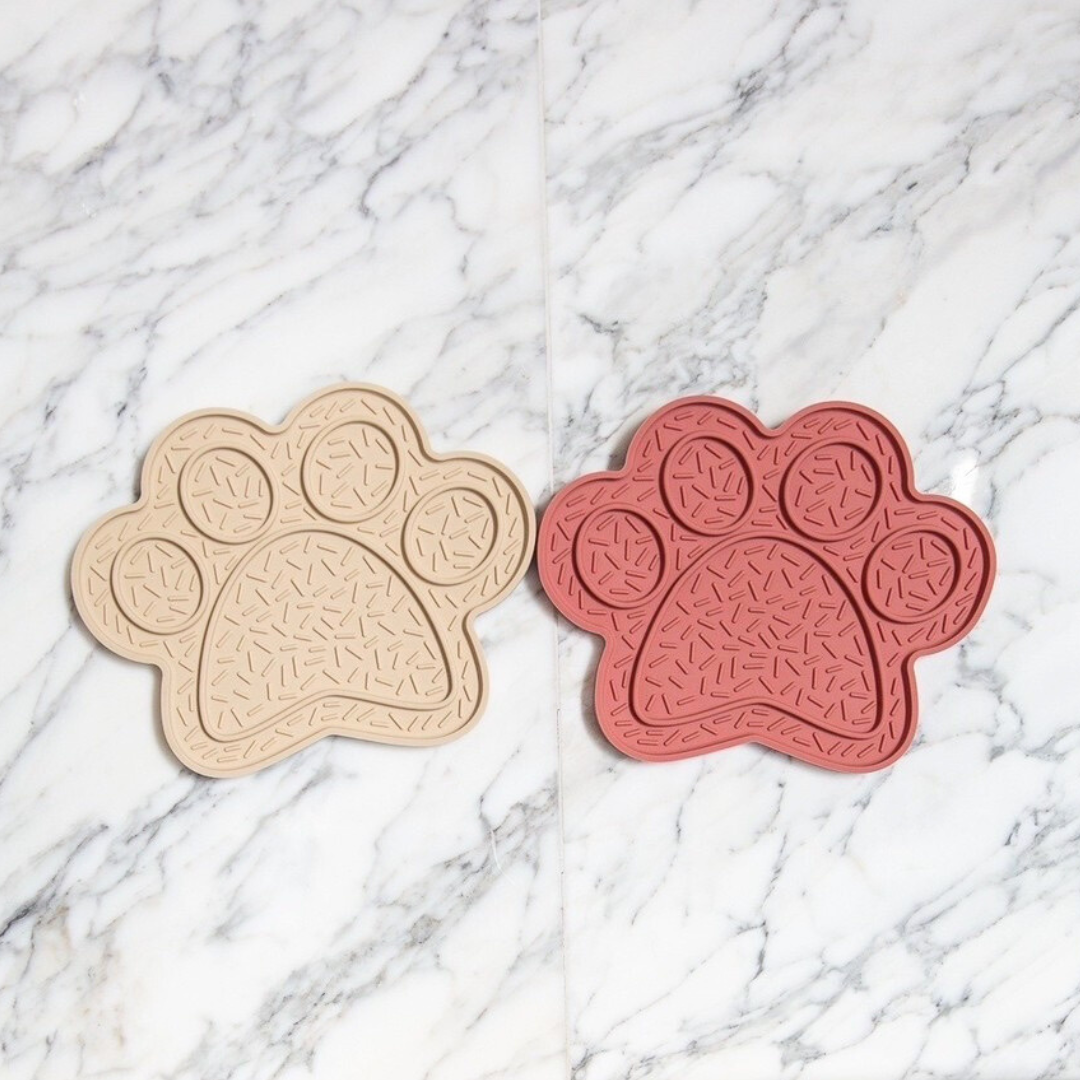
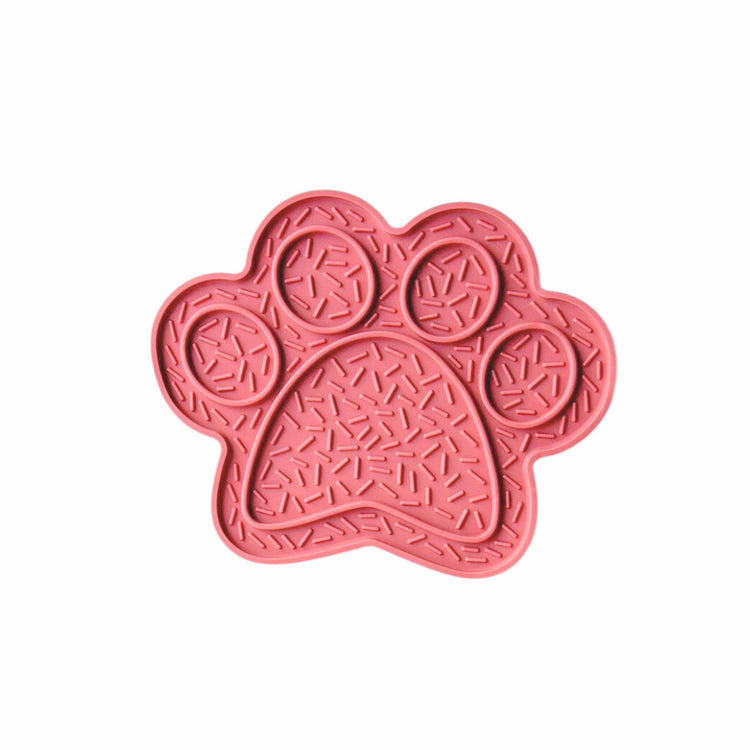
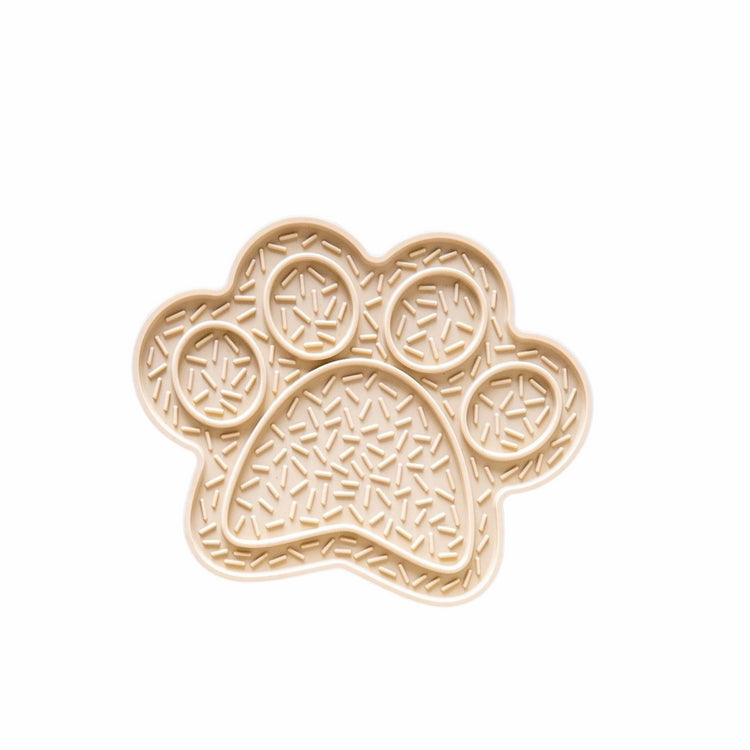
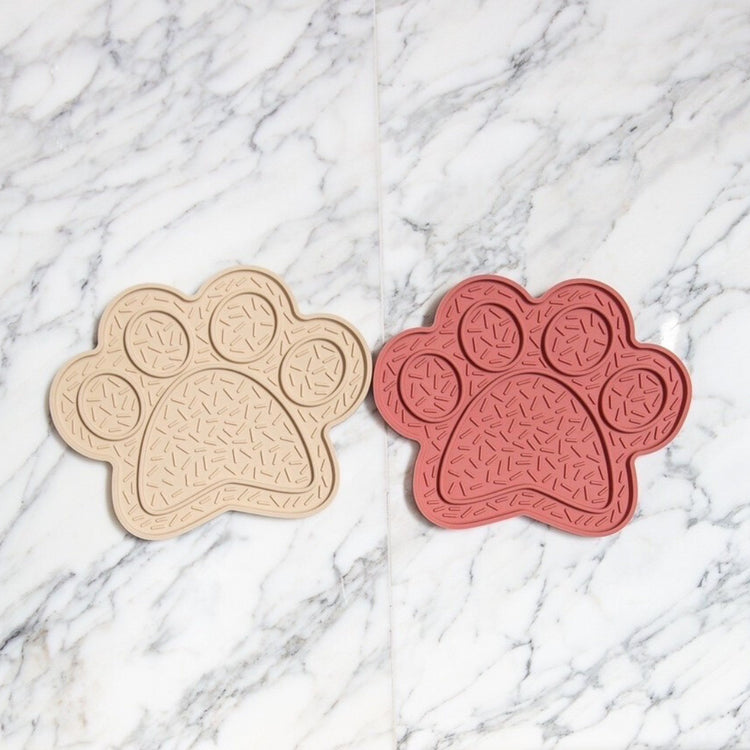
Leave a comment